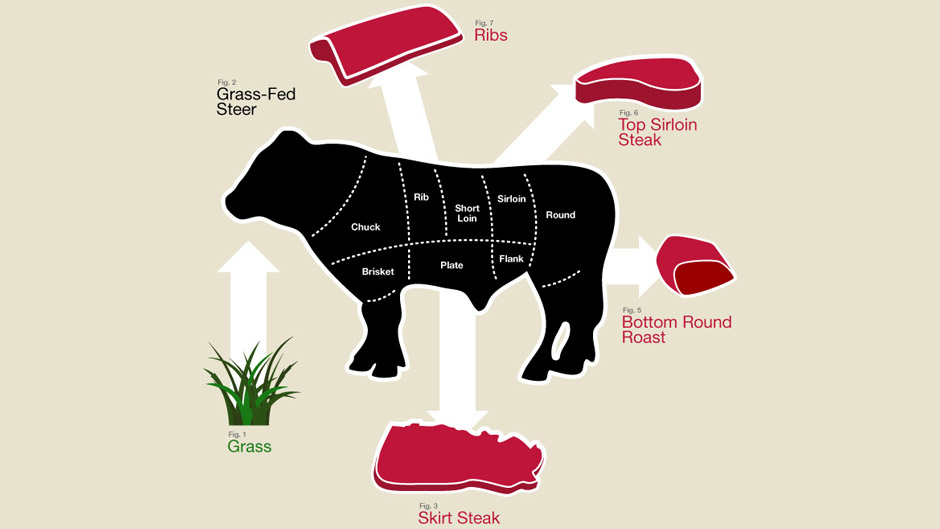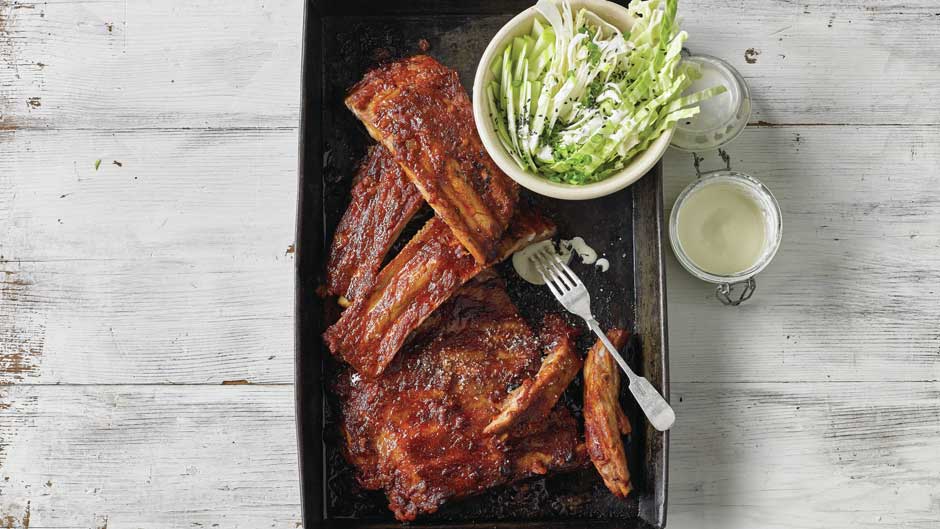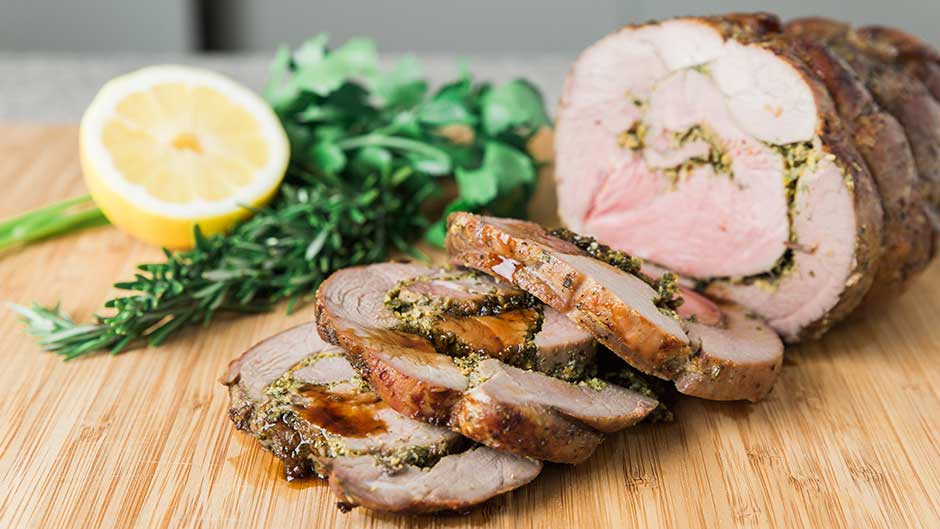How smart recipes and simple techniques can make grass-fed beef taste even better.
I don’t just cook for the pleasure of eating delicious food, I also cook for health, and I cook for wellness.
When I’m choosing ingredients, I’m always thinking about how they will affect how I feel. I’m amazed how good I feel when I eat food made with quality ingredients. Luckily, the things I like to cook with are also very good for me.
One of my favorite ingredients is grass-fed beef. The primary differentiation between grass-fed beef and grain-fed or conventional beef is that grass-fed beef obviously eats grass, which means that the cows are grazing and exercising in an open and healthy environment. In general we consider that to be a happy cow. It has a pretty good life. And the effect that that has on the quality of the meat is tremendous.
We need fatty acids like omega-3 and omega-6, but in a balanced ratio. And in the typical American diet the ratio is skewed. Omega-6 fatty acids heavily outweigh omega-3 fatty acids. And that’s simply because our diet has become very grain-based. Most people have a heavily carbohydrate-based diet with meats that come largely from conventional feed lot beef. Grass-fed steer has a higher ratio of omega-3 fatty acids to omega-6 fatty acids and so it helps to counteract and rebalance our bodies.
But one of the complaints I hear about grass-fed beef is in the flavor of the meat itself. The flavor is definitely different from grain-fed beef. The meat has a strong grassiness to it, which I happen to really like, but it’s not for everyone. Grass-fed steers are not fattened with grain toward the end of their lives, which means that the meat tends to be a little bit leaner and sometimes it’s not quite as tender. I’m willing to sacrifice a little bit of the marbling and the fattiness in exchange for the bigger health benefits. I do not want to be putting growth hormones and antibiotics into my body.
When grass-fed meat is handled well and care is taken while cooking, it will be just as tender and tasty as conventional beef.
The first rule for me when cooking grass-fed beef is to make sure the meat comes from a butcher I trust to buy the highest quality beef available. The terms “grass-fed” and “organic” have become synonymous with quality but that is not always the case.
I get my beef from my buddy Jake at Dickson’s Farmstand in Chelsea Market. He gets all of his beef from a farm in upstate New York. He’s dedicated his life to butchery and to supporting local farms so I like to support him as well. He’s also a wealth of knowledge. I visited him to prepare for my “Meat and Greet” dinner party and we talked about the different qualities of grass-fed beef.— Video: Meat the Butcher — Seamus Mullen’s conversation with Jake Dickson.
In addition to ensuring that I am cooking with good quality meat, there are a few techniques that I use to bring out its inherent flavor.
These are super easy tips that can be done when prepping for any meal using skirt steak or short ribs.
Steak Tip Video: Slicing Skirt Steak
Steak Tip Video: Prepping Short Ribs
These techniques help prep the meat so that recipes can come to life. I chose these cuts of beef specifically for these recipes primarily because these recipes work well with very lean cuts. Keep that in mind when creating your menu.
Below is the menu from my “Meat and Greet” dinner party and the recipes I created:
Enjoy!
Steak Tartare with Avocado, Egg Yolk and Pickled Peppers






